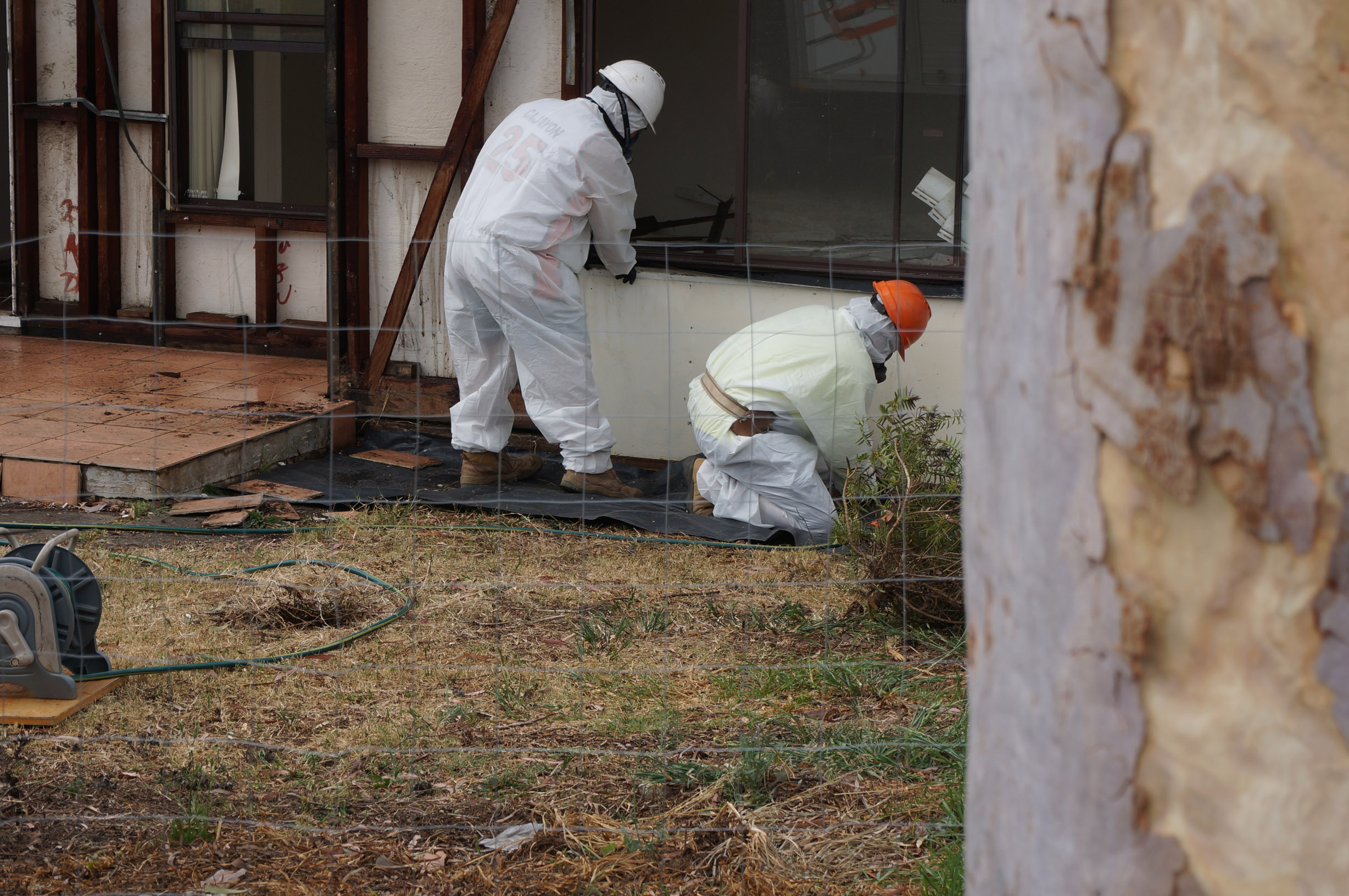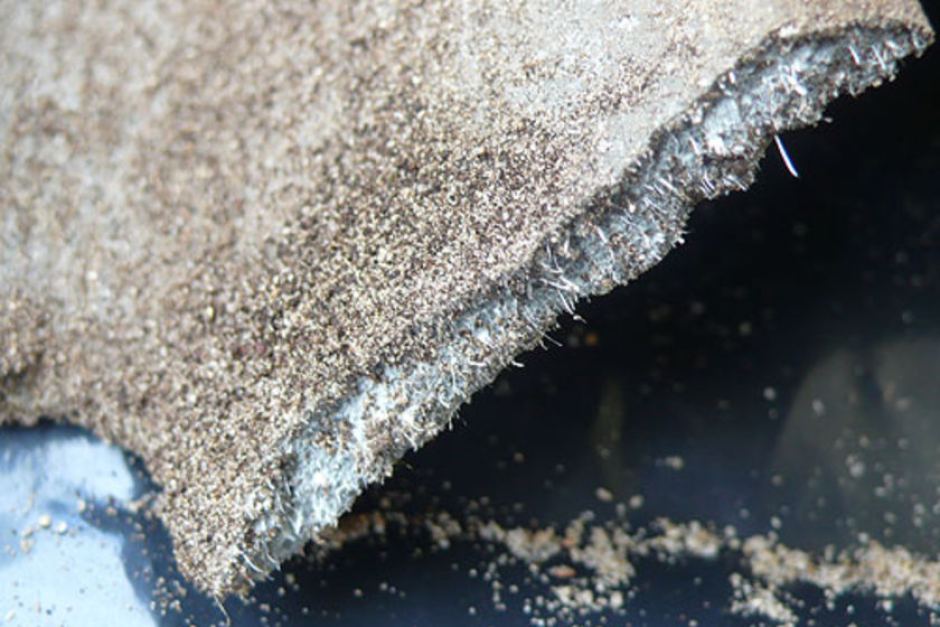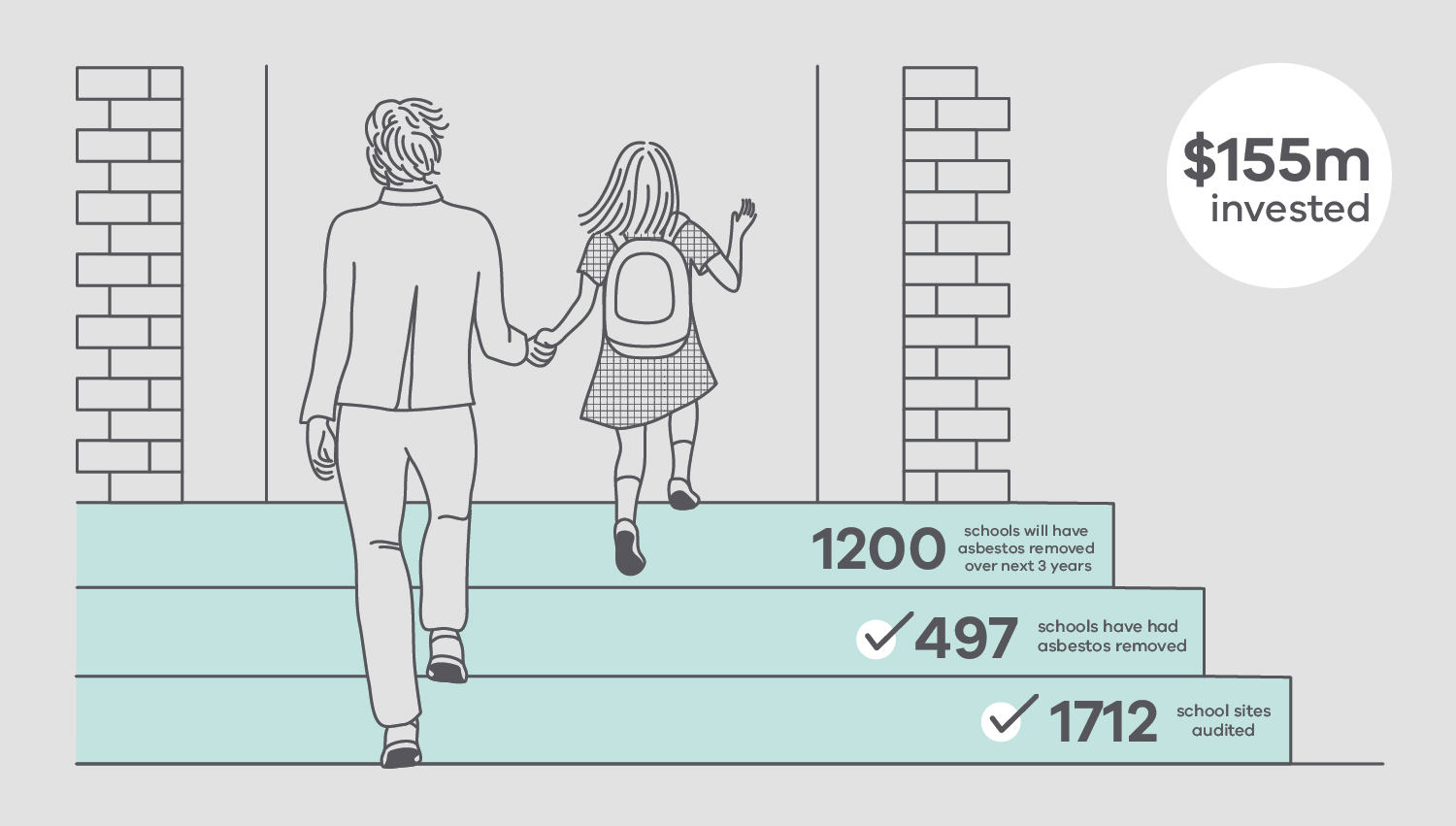Asbestos is a silent menace lurking in many Australian homes. If your house was built or renovated between 1920 and 1990 there is a good chance it contains asbestos in one form or another. Sometimes hidden, sometimes in plain site, asbestos products may look harmless but if disturbed they release deadly fibres that can lead to serious health problems such as mesothelioma, lung cancers, cancer of the larynx and even ovarian cancer.
Asbestos is at the greatest risk of being disturbed during renovation or demolition and if your are considering undertaking such works then it is important asbestos is removed and disposed of by trained professionals.
Our asbestos removal crew removing asbestos sheeting from a asbestos clad fibro home.
Sure, I understand the dangers asbestos poses but how much will it cost to get it out of my house?
This is where things get a little bit complicated. A variety of factors, such as the type of asbestos present, the amount of asbestos present and the location of the asbestos present all affect the amount of time taken, and therefore the cost, of removing asbestos.
Asbestos can be found in a variety of locations around the home, such as underneath vinyl or linoleum flooring, in fibre cement products and in insulation products - just to name a few. In some cases soil may be also be contaminated with asbestos, usually in the form of chunks of asbestos sheeting.
As a general rule, asbestos products come in two forms: non- friable and friable (commonly known as 'Mr. Fluffy'). Non-friable asbestos is cheaper to remove as the dangerous asbestos fibres are incased - in cement or other material- and therefore less likely to become airborne. This in turn means less safety precautions and time are required to safely remove non-friable asbestos products.
Asbestos sheeting can easily be recognised by the wafflle patern on its underside.
However, removing non-friable asbestos is still time consuming and tedious, as each piece of product containing the dangerous fibres must be removed individually by hand, wrapped in plastic film and placed in a dumpster.
Some non-friable asbestos products like fibro sheeting can be particularly time-consuming to remove, especially if it is covered by a brick facade.
The final factor to consider is the cost of legal disposal of asbestos, which costs roughly $330 per tonne to dispose of. Obviously this means the more asbestos is present in your house, the more it will cost to safety and legally dispose of it.















